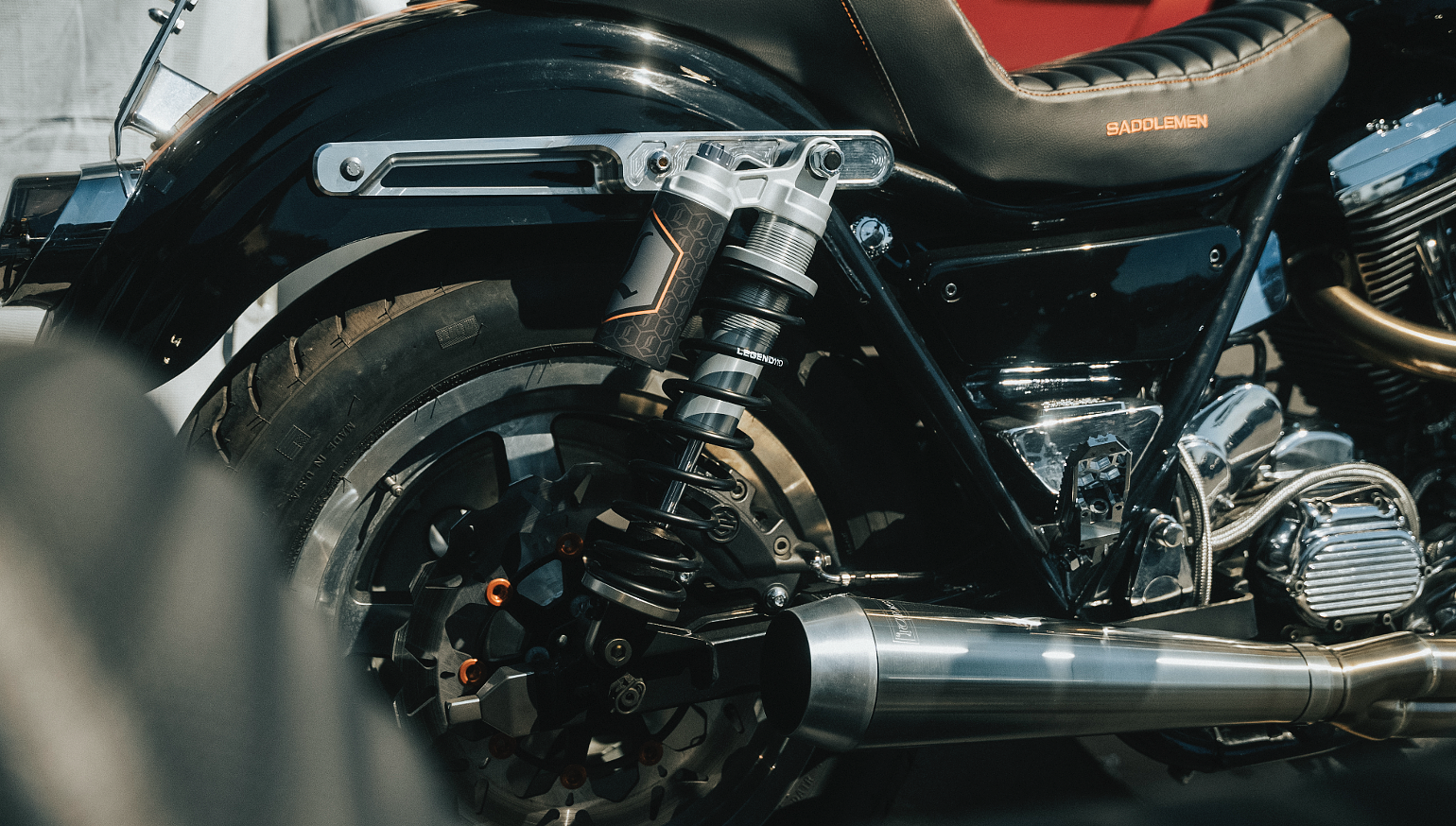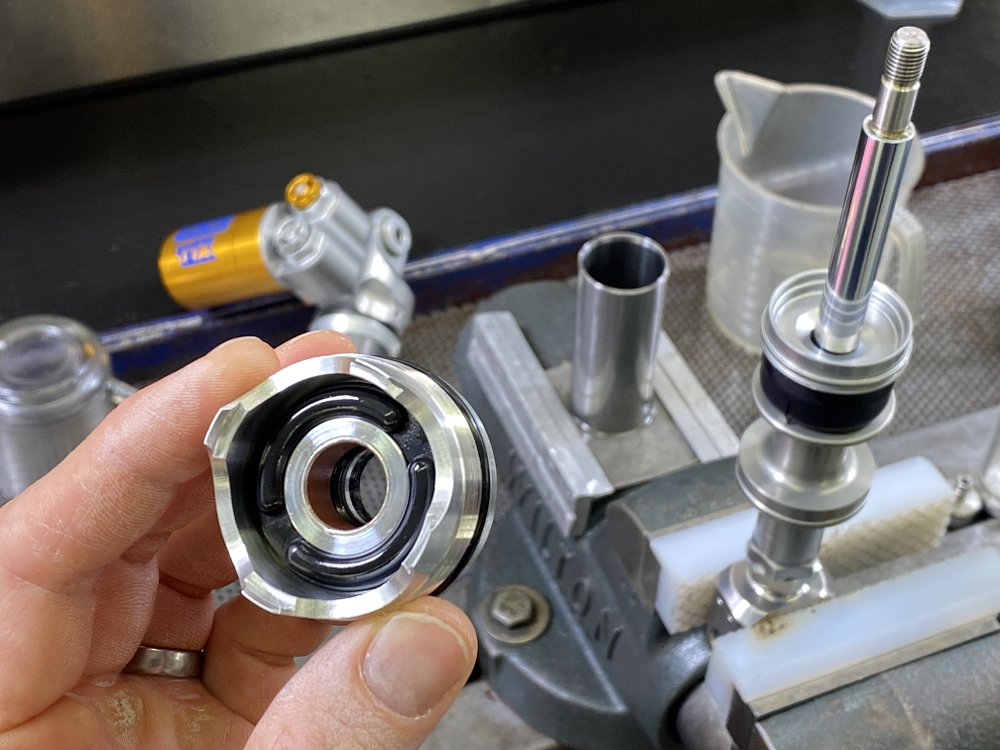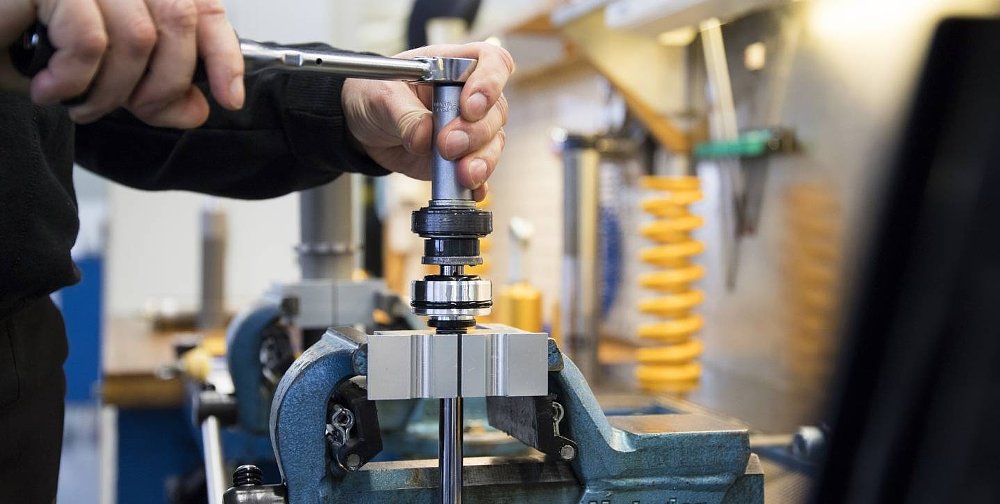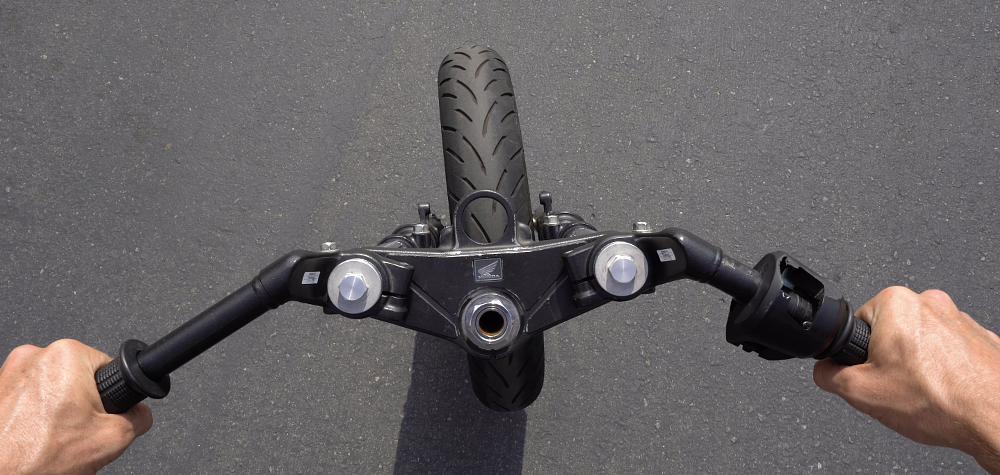Aftermarket suspension is alluring. Custom shocks promise better comfort and handling, plus a little bling that people will see.
Everyone seems to like the idea of upgrading, but why would you need to, is it worth the money, and what are you actually getting for your investment?
Stock suspension: Built on a budget
The unfortunate reality is that most stock suspension is sub-par, especially if your motorcycle cost less than $10,000 when it was new. It’s a classic case of function and quality getting hamstrung by cost. Even on more expensive bikes, the spring rate, damping, ride height, and other settings are still just the manufacturer’s best guesses. By necessity, mass-produced suspension is a one-size-fits-all product that may not be appropriate for what you need for optimal comfort or performance.
In a perfect world, a bike’s suspension would be tailored to the rider and the way they use their motorcycle. That’s the specificity custom suspension can offer, and it has the potential to improve everything from ride quality to control, and even tire wear.
Ideally, you would upgrade your motorcycle’s fork and shock at the same time. That may mean a rebuild with internal modifications (if that’s possible, more on that later) or complete component replacement. However, because suspension parts and service are expensive, it’s not uncommon for riders to modify one end of their bike at a time. Aftermarket shocks (or shock, for monoshock machines) are usually the starting point, since the rear suspension has a larger impact on ride quality and comfort, which the average street rider appreciates over the more performance-oriented benefits of a fork upgrade.
And when you shell out cash for on aftermarket shock, you’re paying for and benefiting from four things: A rider-specific spring rate, a wider and more effective range of damping adjustment, easier servicing, and overall higher quality construction and refinement.
The spring is the main thing
The right spring is the foundation of a good suspension setup. It should be soft enough to absorb bumps, but firm enough to resist bottoming and handle load transfers during acceleration, braking, and cornering. The spring rate is based on the weight of the rider to within 20 or 30 pounds, yet motorcycles are delivered with one spring that’s supposed to support anyone who might climb aboard.
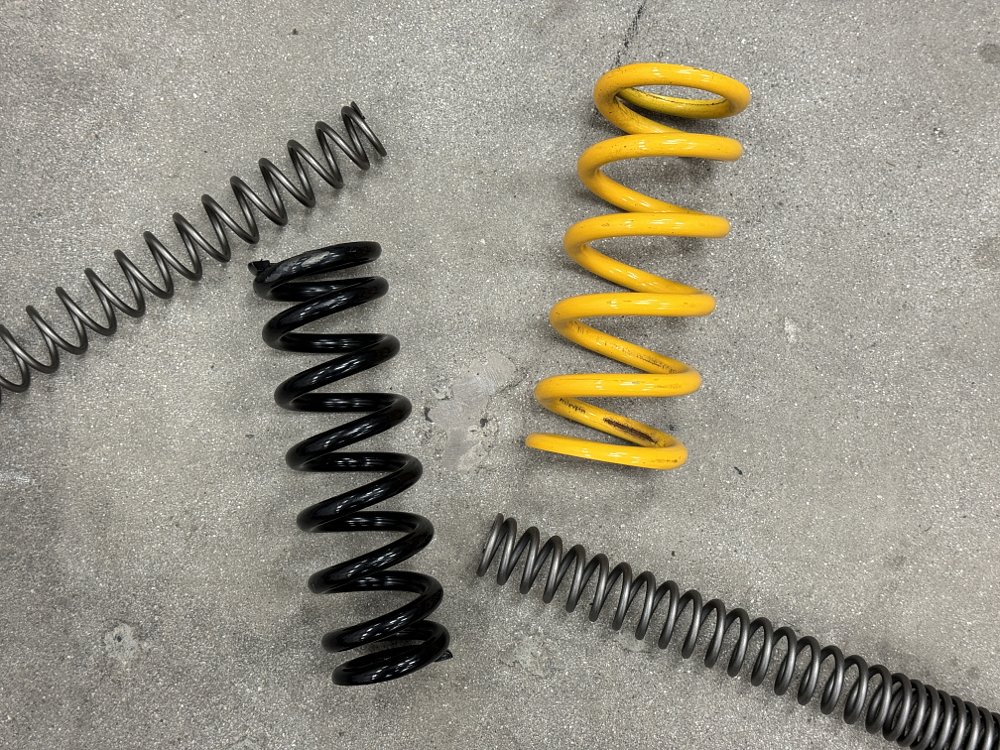
Maybe you’re one of the lucky few that fall within the weight range and use case the manufacturer anticipated, but a lot of us aren’t. You could swap out the spring on your stock shock, but alternatives aren’t always available. Meanwhile, with an aftermarket shock you input your weight when ordering, so it’ll have the right rate, right out of the box.
The devil is in the damping
Hand in hand with an appropriate spring rate is more effective and refined damping. Damping is what controls the speed that the shock compresses and extends, and it plays a huge role in handling, comfort, traction, and tread wear.
With aftermarket shocks, you often get more options for damping adjustment, say compression and rebound instead of just rebound, or, maybe nothing at all if you’re on a budget bike. You also often get a more pronounced change for each individual click and/or a wider adjustment range, thanks to more refined hardware and circuitry within the shock.
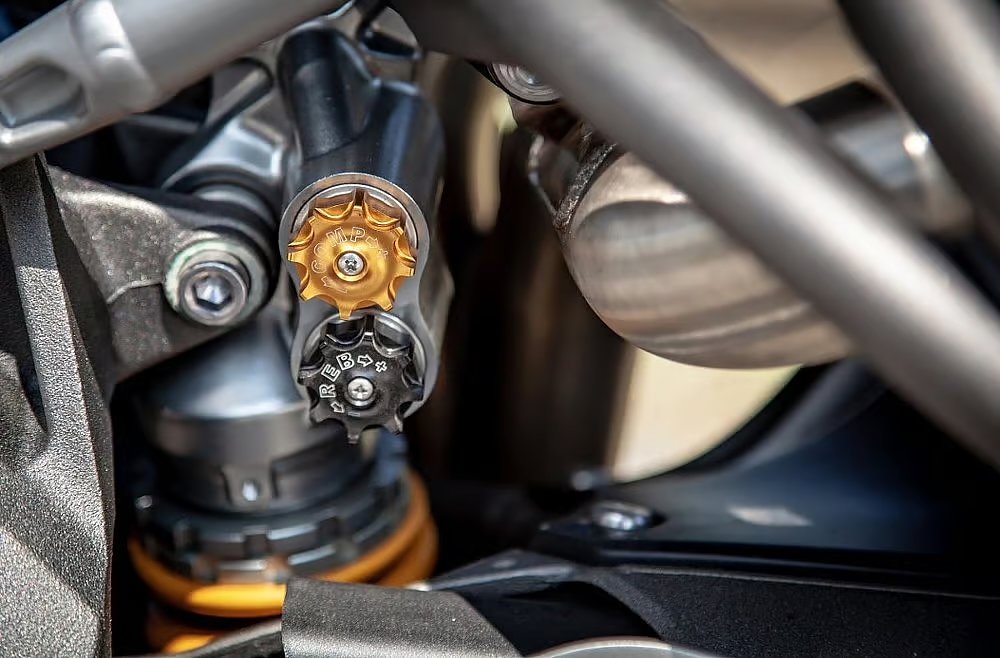
Besides improved damping, a custom shock may also be adjustable for length and thus ride height, and might have a hydraulic preload adjuster to help accommodate varying loads. These aren’t the kind of features you can retrofit onto a stock shock, so if they’re what you’re after, then you’ll need to go aftermarket to get them.
Infinitely rebuildable
The third and in my opinion most important thing that differentiates aftermarket shocks from most OEM stuff is that it is meant to be serviced, tuned, and rebuilt. That’s usually not the case for most non-premium stock suspension.
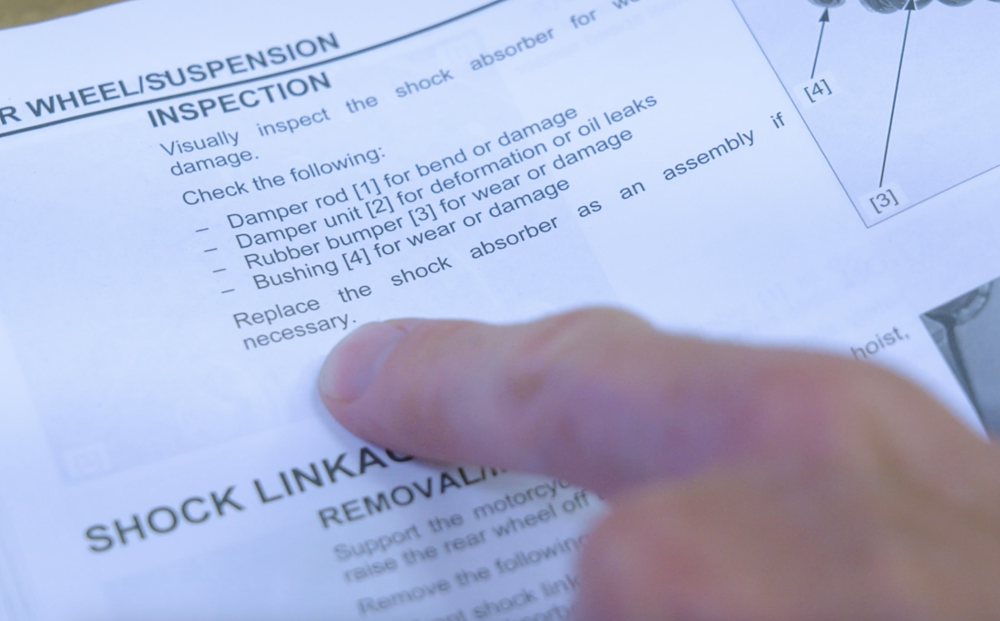
If you look in your bike’s workshop manual, the chapter that addresses the shock may advise you to check the component for leaks or damage and “replace if needed.” There’s no parts schematic, oil volume, or torque specs, because the shock isn’t meant to be serviced.
Let’s be clear, “not meant to be serviced” doesn’t mean it can’t be — any skilled and well equipped suspension tech can likely find a way to rebuild and tune any shock — but it’s not straightforward and parts and crucial specs aren’t readily available. Things will need to be drilled, filed, and adapted. That all adds up to time and effort on the tech’s part, and a bigger bill for you.
Meanwhile, aftermarket suspension is designed with service in mind, and has the full support of the manufacturer with spare parts, specs, tools, tuning info, and more. Being able to service a shock is important, because the damping oil degrades and the seals and bushings wear, and that stuff needs to be replaced so the shock continues to function properly.
Even if your stock shock isn’t actually leaking yet, if it’s got a bunch of miles on it (Ӧhlins recommends servicing its shocks once every three years or 30,000 miles for street use), it’s probably well past its prime, and you might not have the option to have it rebuilt.
Grade-A Angus
Finally, there’s the issue of quality and refinement. Companies like Legend Suspension, Progressive, Ӧhlins, K-Tech, and others prioritize function and performance rather than focusing on a price point for mass production, so their components are built better.
For shocks, that means machined-aluminum parts rather than cast or stamped-steel bits, plus higher quality seals, bushings, oil, and surface coatings and finishes. The damping circuitry, damping piston, and shim stacks are more complicated and sophisticated, leading to more refined damping curves and precise adjustability.
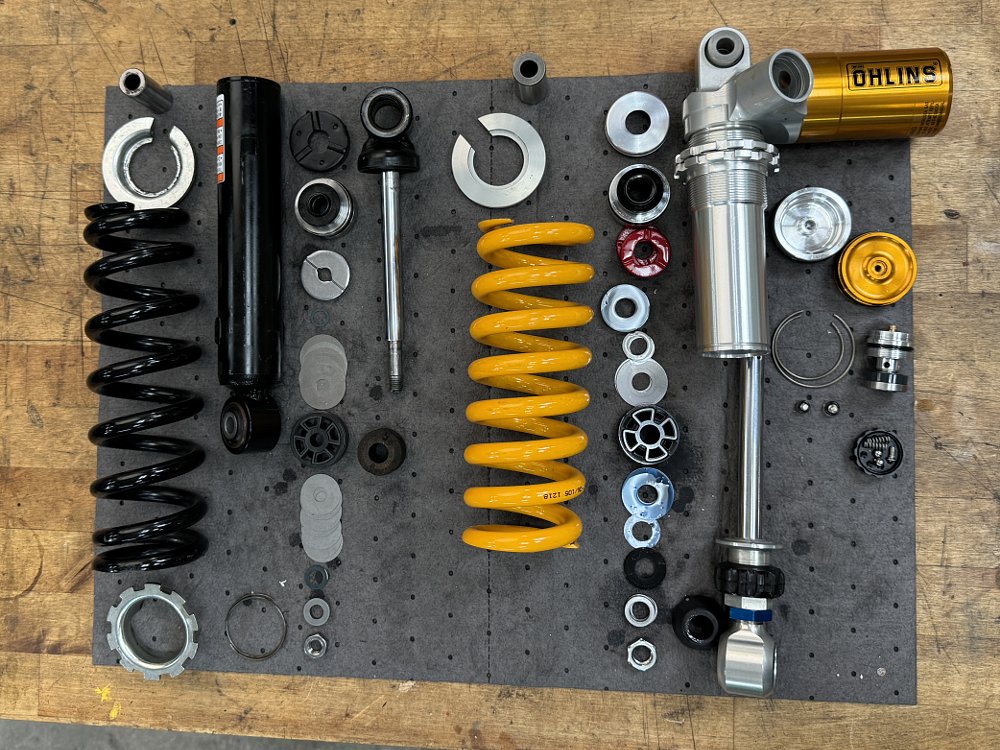
An aftermarket shock may cost twice as much as an OEM replacement part, but those extra dollars are netting you improvements across the board. It’s like ordering a cheeseburger from a fast-food joint versus getting one from a high-end steak house. Everything about it, from the bun to the way it’s cooked, is superior.
Well crap, I guess I have to upgrade?
Upgraded suspension would be nice. So would getting eight hours of sleep every night and eating only organic food. There are things in life that we know would be better for us, but we can’t or don’t want to pull off. Suspension is the same way.
How much you’ll benefit from an aftermarket shock depends on you and your goals, priorities, and budget as a rider, as well how far off base the stock shock is. If you’re a 200-pound track-day rider on a Ninja 400, then a quality aftermarket shock is going to be a big step up.
However, if your bike came with a decent-quality shock that offers some adjustability, then there’s less room for improvement, and I’d certainly recommend trying to dial in what you’ve got before dropping a bunch of money on a new component.




